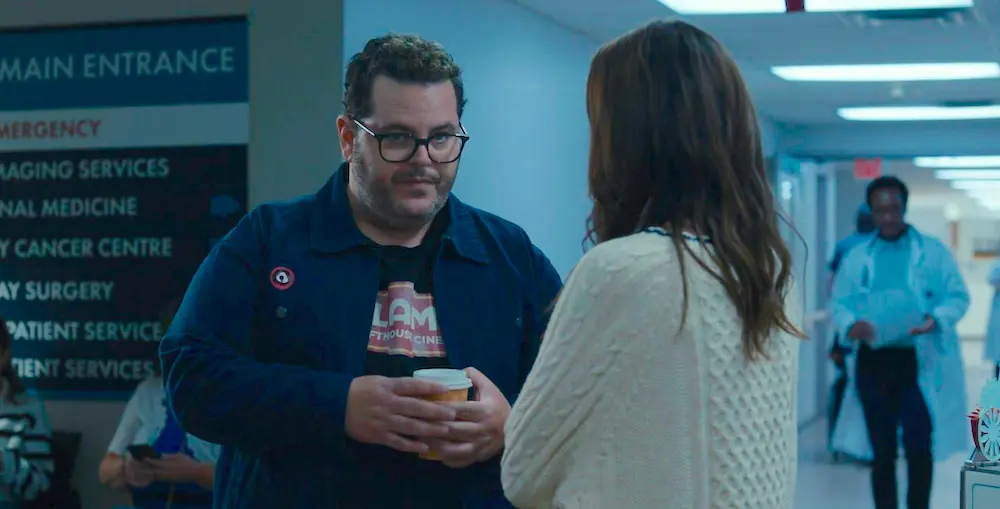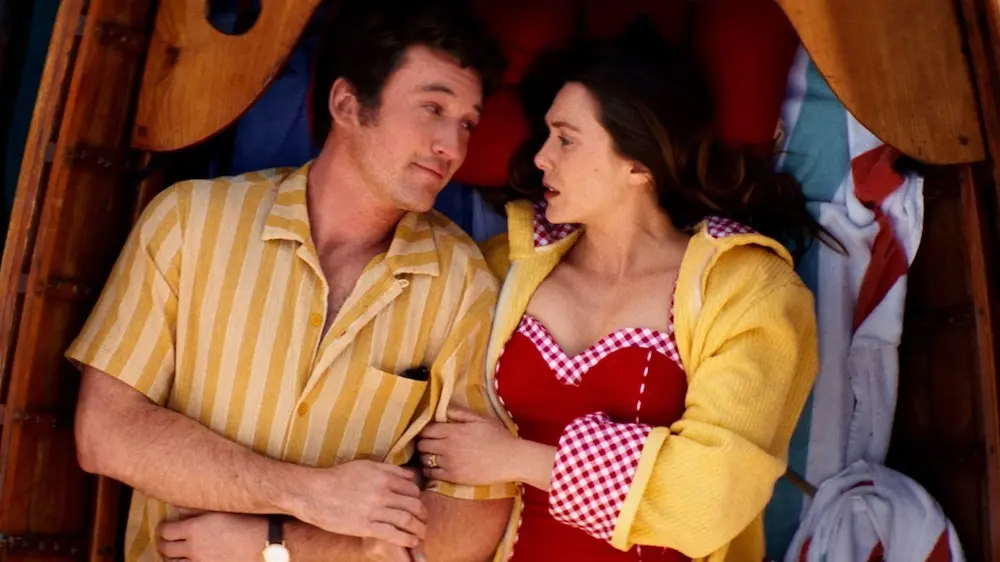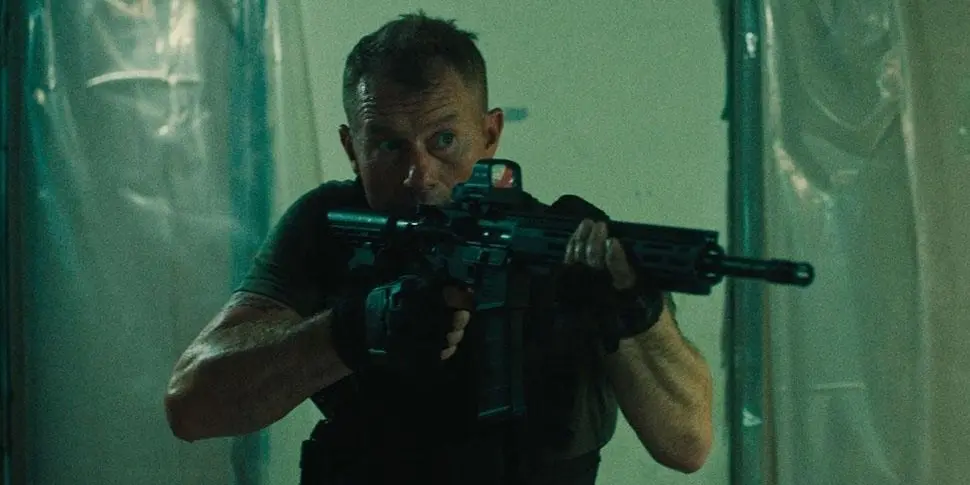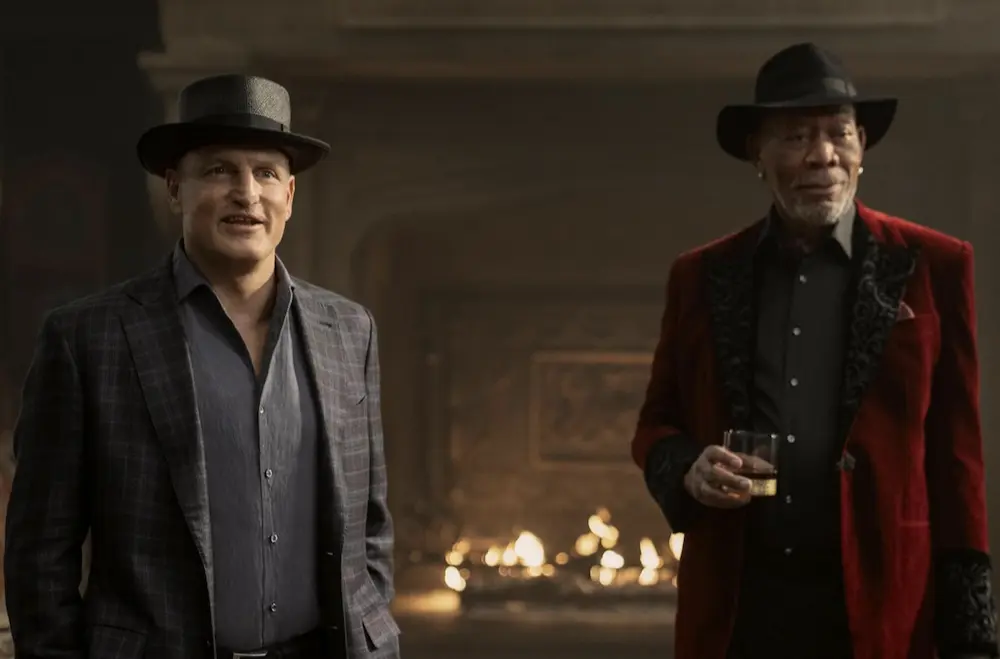U.S. Navy SEAL Chris Kyle had four tours of duty in Iraq, earned a reputation as the most lethal sniper in U.S. military history, and started a program to heal disabled vets—only to return stateside and get shot and killed by a Marine with post-traumatic stress disorder.
Rewind, Review, and Re-Rate: ‘American Sniper’: Dirty Harry Directs SEAL Story in Ironic Twist
Film Review: 'American Sniper'
Chris Kyle had four tours of duty in Iraq, earned a reputation as the greatest of all time, started a program to heal disabled vets—only to return stateside and get murdered by a Marine with PTSD. Why do bad things happen to good people? Maybe because of the classical definition of the tragic hero: a person with heroic qualities, fated by the gods to doom and destruction.
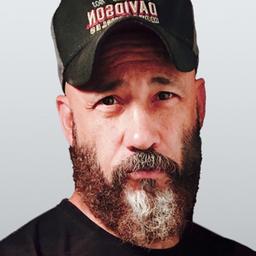
Mark Jackson
Film Critic
|Updated:
Mark Jackson is the chief film critic for The Epoch Times, and a Rotten Tomatoes-approved critic. He earned a bachelor's degree in philosophy from Williams College, followed by a classical theater conservatory training, and has 20 years' experience as a New York professional actor. He narrated The Epoch Times audiobook "How the Specter of Communism is Ruling Our World," available on iTunes, Audible, and YouTube. Mark is cited in the book "How to be a Film Critic in Five Easy Lessons" by Christopher K. Brooks. In addition to film, he enjoys Harley-Davidsons, martial arts, rock-climbing, qigong, and human rights activism.
Author’s Selected Articles

